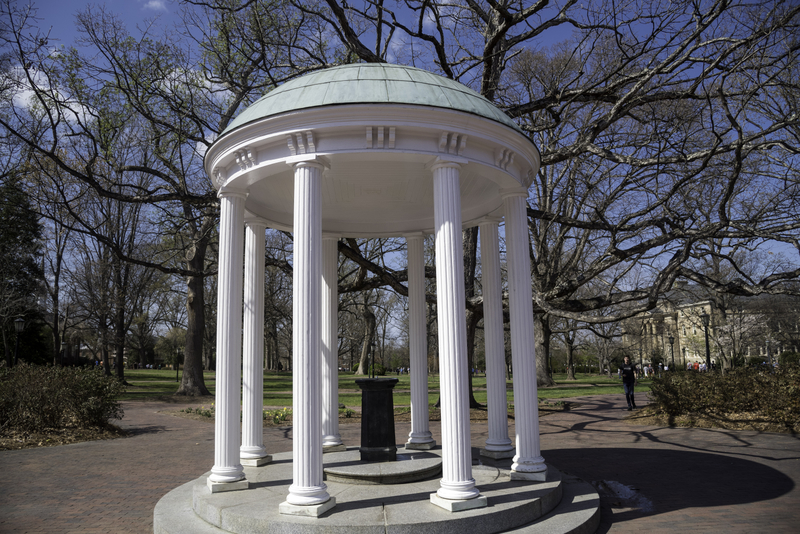Covid 19 Clusters At Local Universities
September 9, 2020
Universities in North Carolina switch to virtual classes for the fall semester as COVID-19 clusters emerge on campus.
As the 2020-21 school year began, universities attempted to reopen despite the fact that they were in the midst of a global pandemic, risking the health of their students.
The University of North Carolina at Chapel Hill opened on August 10th under a hybrid model: a combination of in person and remote learning. With the dorms set at 64% residential capacity, 4 clusters (5 or more close cases) of COVID-19 had developed within the first week. Two were in the residence halls, one was among fraternity members, and one was at a private apartment complex.
The virus was quick to spread, and at least 130 students were tested positive by the end of the week, bringing the COVID-19 positivity rate to 13.6%. UNC quickly back tracked, shifting all undergraduate classes online. Chancellor Kevin M. Guskiewicz and Executive Vice Chancellor and Provost Robert A. Blouin said that, “As much as we believe we have worked diligently to help create a healthy and safe campus living and learning environment, we believe the current data presents an untenable situation.”
Since then, at least 1,085 students have tested positive since February 2020. John Hedlund, a UNC graduate who had advocated against reopening, stated that, “This was bound to fail.” Considering the large population of students on campus, he believed that, “The blame for the outbreaks that have occurred on campus and the need to so rapidly switch to remote learning is on the UNC administration and the board of governors.”
However, UNC isn’t the only one trying to contain the virus. North Carolina State University scrambled to move all classes online after 24 COVID-19 clusters emerged. 10 originated from fraternity or sorority houses, six were from campus residence halls, and eight came from off-campus apartment complexes.
According to the NC State COVID Dashboard, 871 students have tested positive since the school year began, and there are currently 993 students in quarantine off campus. During a conference, Chancellor Randy Woodson said that, “We’re not where we want to be today, but we’re hopeful that by reducing our on-campus population, we can keep our community safe and slow the spread of this relentless virus.”
A few miles away, Duke University seems to have successfully contained the spread of COVID-19 for now. After the fall semester started, only 6 students and 3 faculty members out of 5,642 people have tested positive so far, making a 0.16% positivity rate.
One of the biggest contributors to this was mass testing. Students were required to quarantine for 14 days and get tested for COVID-19 before arriving on campus. Additionally, students and faculty regularly took part in pool surveillance testing after entering school grounds. Pool testing means that five samples are screened in the same test to speed up the process and save resources. Then, if the pool tests positive, all five students who were part of it will be individually tested. “I wouldn’t mind getting tested one or two more times a week just to make sure we’re keeping a better handle on an outbreak,” says Gareth Kelleher, a Duke freshman.
As COVID-19 cases in North Carolina continue to rise, we can only hope that universities will be able to help students stay safe and healthy.






